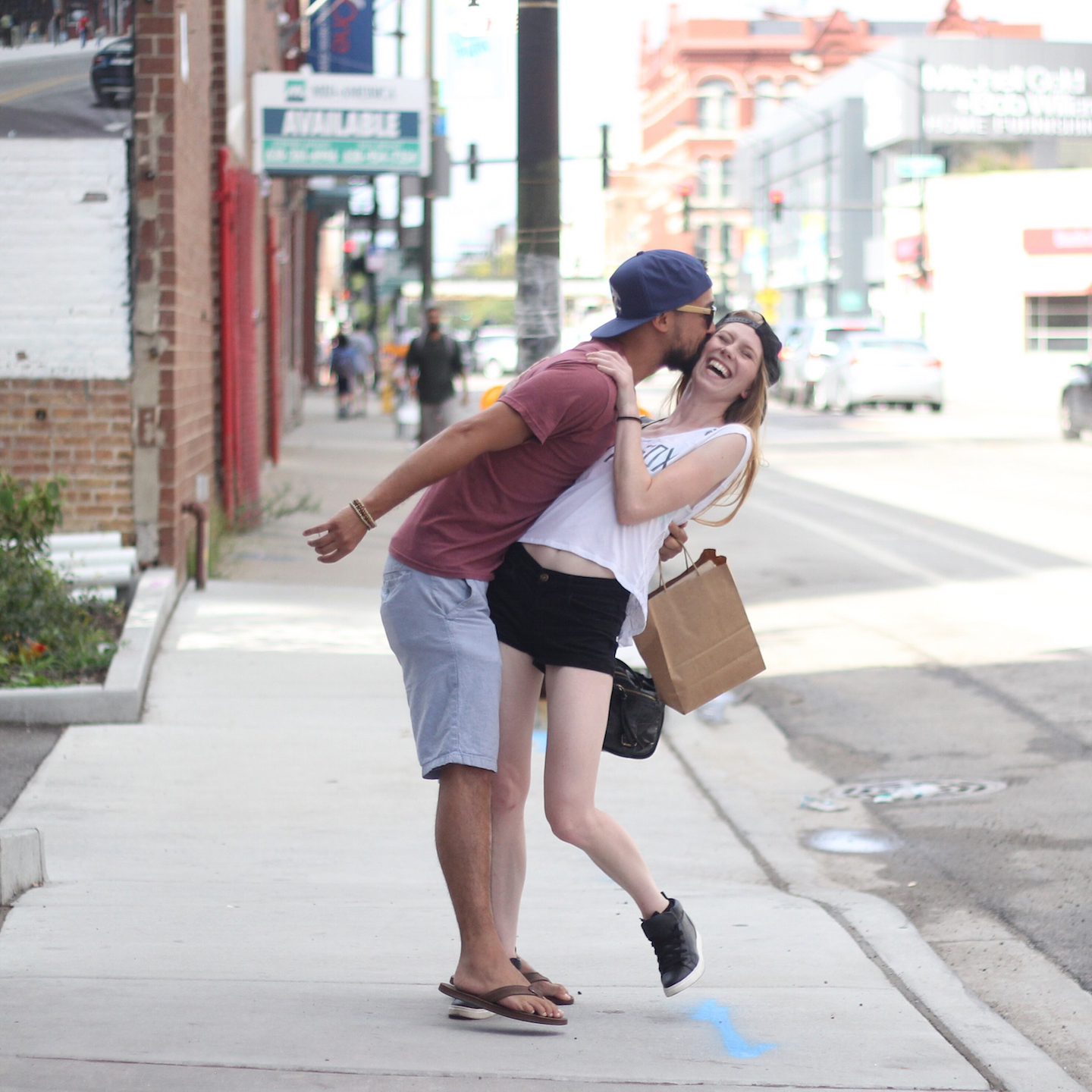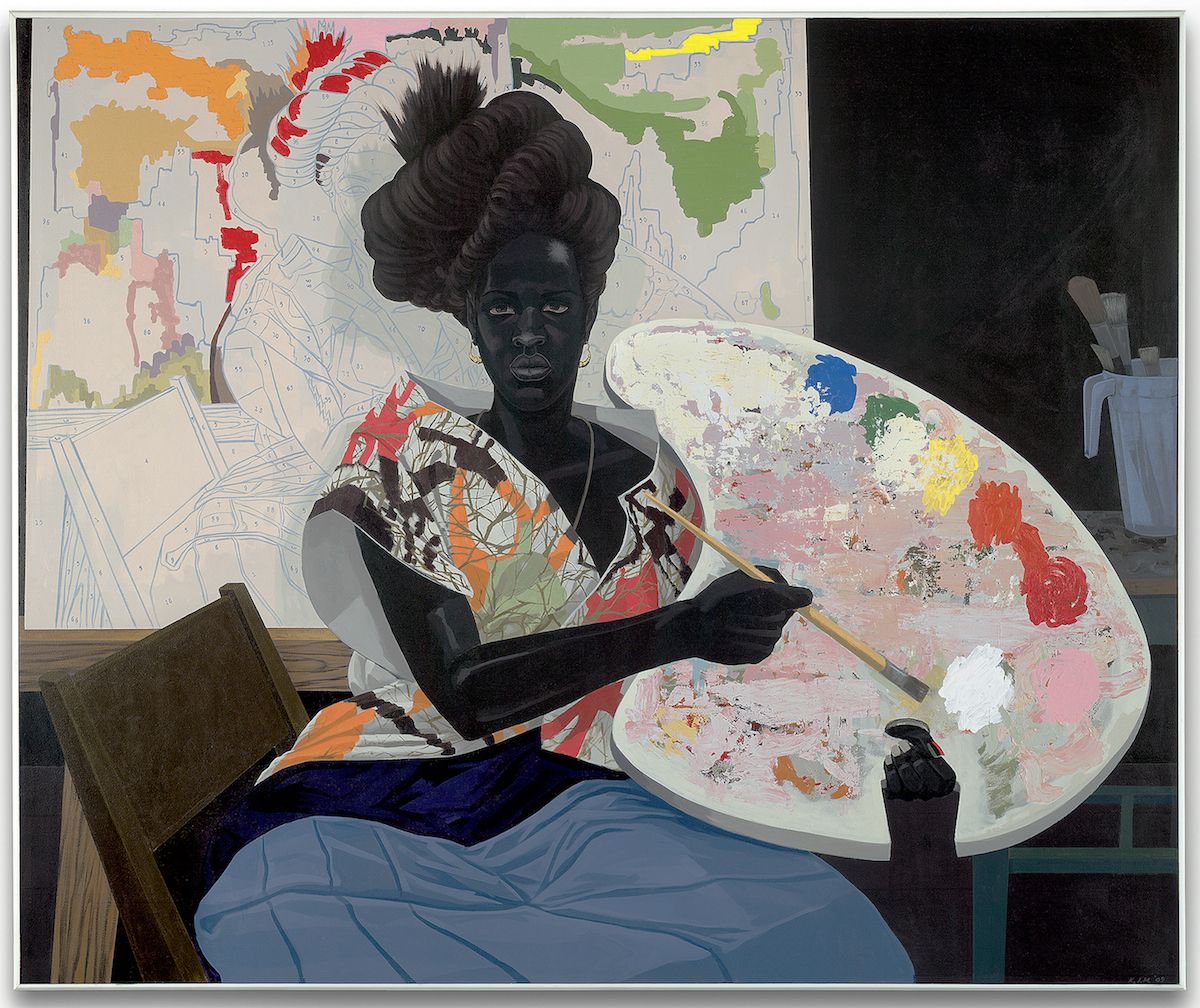
I started working as a host at The Cherry Circle Room (CCR) over a year ago, just a short while before Alan Epstein — the photographer behind the “What Was Breakfast” project — started as a server there himself. It’s fitting then, that when arranging our chat about his recent artistic endeavors, we decided to meet at the James Beard Award-winning, refined dining restaurant of The Chicago Athletic Association Hotel. While the idea of an artist working in the service industry as a means to an end is a familiar one, The CCR manages to employ a staff that is often as devoted to service as it is to its members’ individual artistic practices. In that regard, it’s interesting to note that when I first met Epstein, he didn’t have much of an established art practice at all.
When he started at CCR, Epstein had recently relocated to Chicago from Argentina where he had run his own restaurant in Buenos Aires. “It was an American-style bar. Burgers and fries,” he said. “I was living in Vegas before that and I was working in nightclub promotions. So I was making some pretty cool money and then the mortgage crisis hit and all of a sudden I wasn’t. So I went to Buenos Aires.”
Unlike many artists/ waiters, Epstein was an individual without many specific artist aspirations. “You know, my dad was an accountant. So I always kind of had this internal feeling that I should be doing something business related. I guess it took me a really long time to break out of that thought process. I would end up in business and would always hate the business aspect of it but really enjoy the creative aspect of things,” he told me.
To see Epstein interact with his co-workers, or to watch him engage with the patrons at his tables, you may get the impression that he’s a naturally outgoing guy. Friendly, interested, and easy to talk to, it’s surprising to hear that he considers himself more of an introvert. “I feel like I’m kind of an introverted person who will get in my head quite a bit,” he said.
With plenty of articles extolling the benefits of improv training for introverts, it’s easy to understand Epstein’s interest in making Chicago home when he and his family returned to the States. “We moved to Chicago specifically because I wanted to do stuff at Second City and I wanted to do stuff at iO. I’m not really an actor but I found a lot of cool insights from doing improv. There are a lot of things from improv that are just cool ways of going through your day. The yes-and-ing. A lot of the principles are applicable to other parts of life,” he said.
It was ultimately trusting that impulse that led him from Argentina to Chicago, pursuing the art of improvisation that would eventually lead him to photography. “The camera I’m shooting on, I bought so I could film stuff for Second City,” Epstein told me.
If you look up Epstein’s “What Was Breakfast” profile on Instagram, you’ll find yourself browsing through a collection of photographs of people: people of different races and ages, couples, parents and children, siblings. Beneath these images you won’t find their names or descriptions of their jobs; just their answer to one simple question: What did you have for breakfast?
The answers vary as much as the subjects do, but the simplicity and straightforwardness of the question provides a whimsically intimate humanity. The composition of the photos is simple-yet-elegant, and there is a casual, familiar intimacy to each picture. Despite the fact that there are no names to accompany the faces, there’s a sense of something shared: the city, the starting of a new day, the sharing of a meal. There is the inherent idea that as different as all of these people are, they all — we all — have something in common.
It seems surprising that someone might just stumble onto so insightful a project, yet Epstein hardly had any photography experience before he started his Instagram project.
“I think I just became a photographer by doing this,” he said. Prior to this project, he told me he “messed around just very briefly [in] Argentina[.] My good friends were photographers and they kinda, like, just showed me the ropes and I like, would take a couple of pics with them and help them on shoots and stuff. But nothing ever really came of it, nor did I try to do anything with it.”
As we sat in one of the plush leather booths of The CCR, eating a late breakfast, the interconnectedness of it all seemed obvious.
Epstein said, “At work as a waiter I ask people what they’ll have [for breakfast] and in the streets I ask what [they] had.” Yet, finding balance and symbiosis between work and artistry is rarely an obvious or straightforward thing. “I might have to work a 12-hour day [at the restaurant]. That’s physically rough, but when I’m like, on the way there, I might snap something cool, or on my little break, I might be able to snap something cool — I would certainly say it makes my day a lot better. It gives me something to be excited about and in the moment. I think one of my favorite things about it is I’m just so in the moment.”
This notion of being in the moment — of engaging with life as it’s happening — is so often what’s missing from the eternal slog from work to the train, to the next obligation, and so forth through our days. It really is a testament to the artistry of Epstein’s project that it allows for a brief moment to simply re-engage with, as Colisha (one of Epstein’s managers at CCR) put it, “A little slice of life.”
“It’s one of my favorite new Instagrams,” said fellow CCR server, Katie, who took care of us the afternoon of our interview. “I think it’s an interesting perspective. It’s something everyone does every day, but it’s very interesting to see. I’m interested every time I see a picture. I’m interested to see what they ate, it’s a little piece of reality.”
The bartender working that afternoon, Joel, agreed: “It’s a very human account. I mean everyone has to eat at some point. I think that the act of eating is a very togethering aspect of humanity. It’s a good window into someone’s personality, what they had for breakfast. It’s supposedly the most important meal of the day, and it gauges what someone’s like. I mean, sometimes my breakfast is coffee and a cigarette, there’s something in that.”
In terms of where Epstein’s work will go from here, it’s hard to guess. If the success of similar projects, like Humans of New York (HONY) for example, is any way to judge, there very well may be big things on the horizon. In terms of how he sees his work comparing to HONY, Epstein said, “On one hand I understand, yeah, it’s street photography with a caption; but I’m just happy doing it that, right now, that’s kind of like the mission in itself.”
When so often artists find themselves taking on jobs unrelated to their artistic passions, it’s refreshing to find a story of one who has been able to find his artistic passion through his job. More importantly, it asserts the notion that there are no jobs unrelated to artistic passions. The human experience is an interrelated one. Our experiences — both artistic and seemingly mundane — share the context of the lives we lead.
“It doesn’t exist like an art exhibit in a vacuum,” Epstein said of “What Was Breakfast.” After all, like he joked offhandedly to his wife, “We’re all just people eating breakfast and trying to get through the day, you know?”







